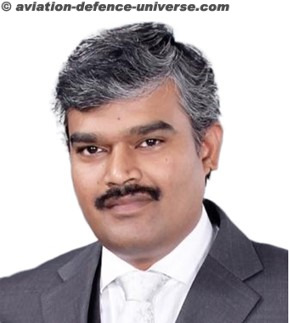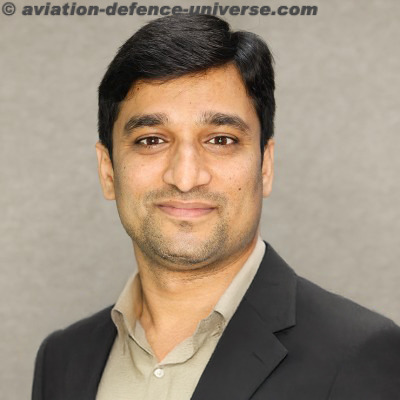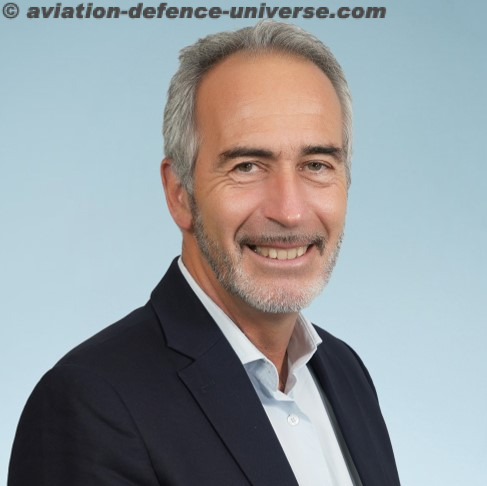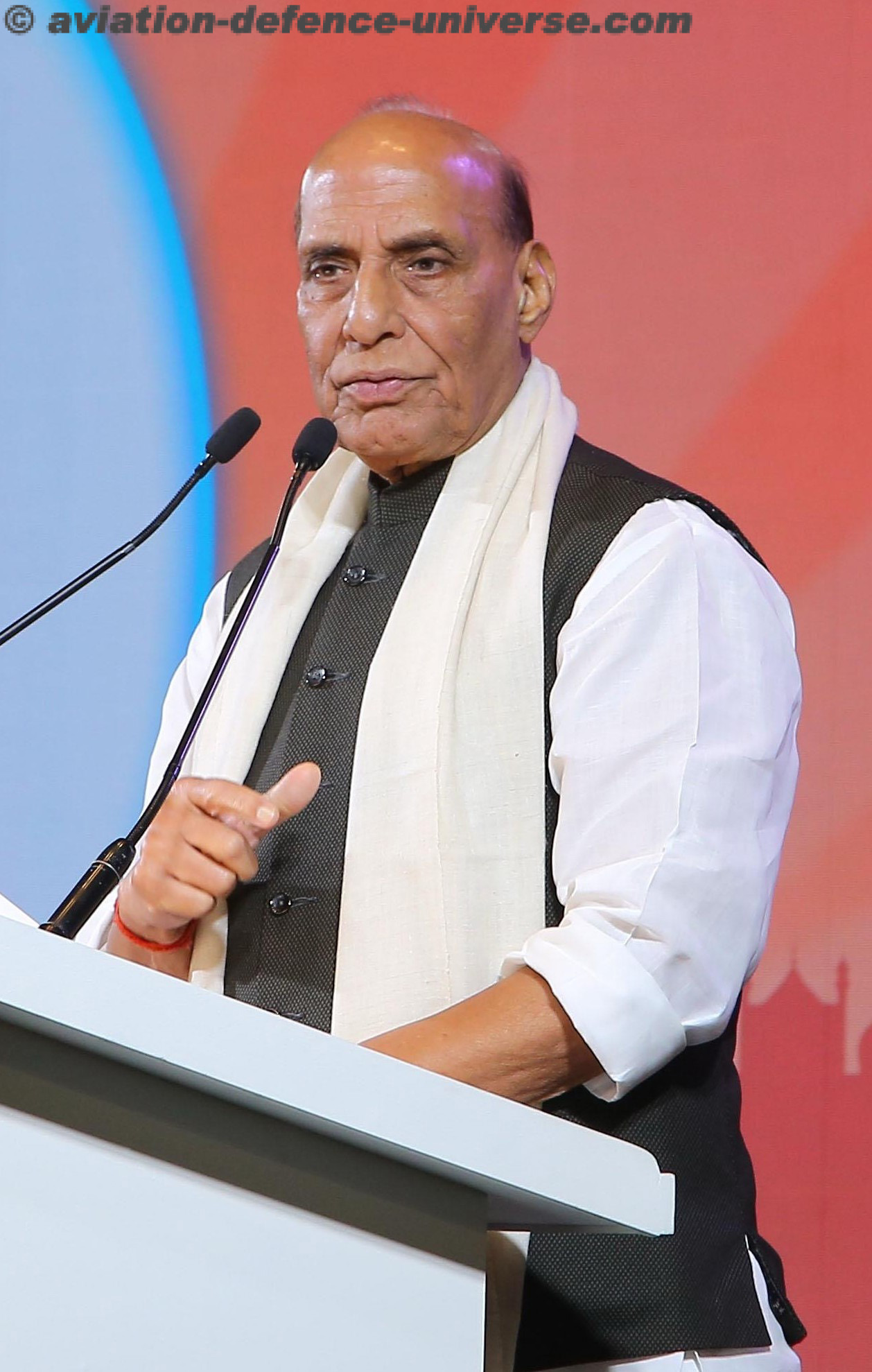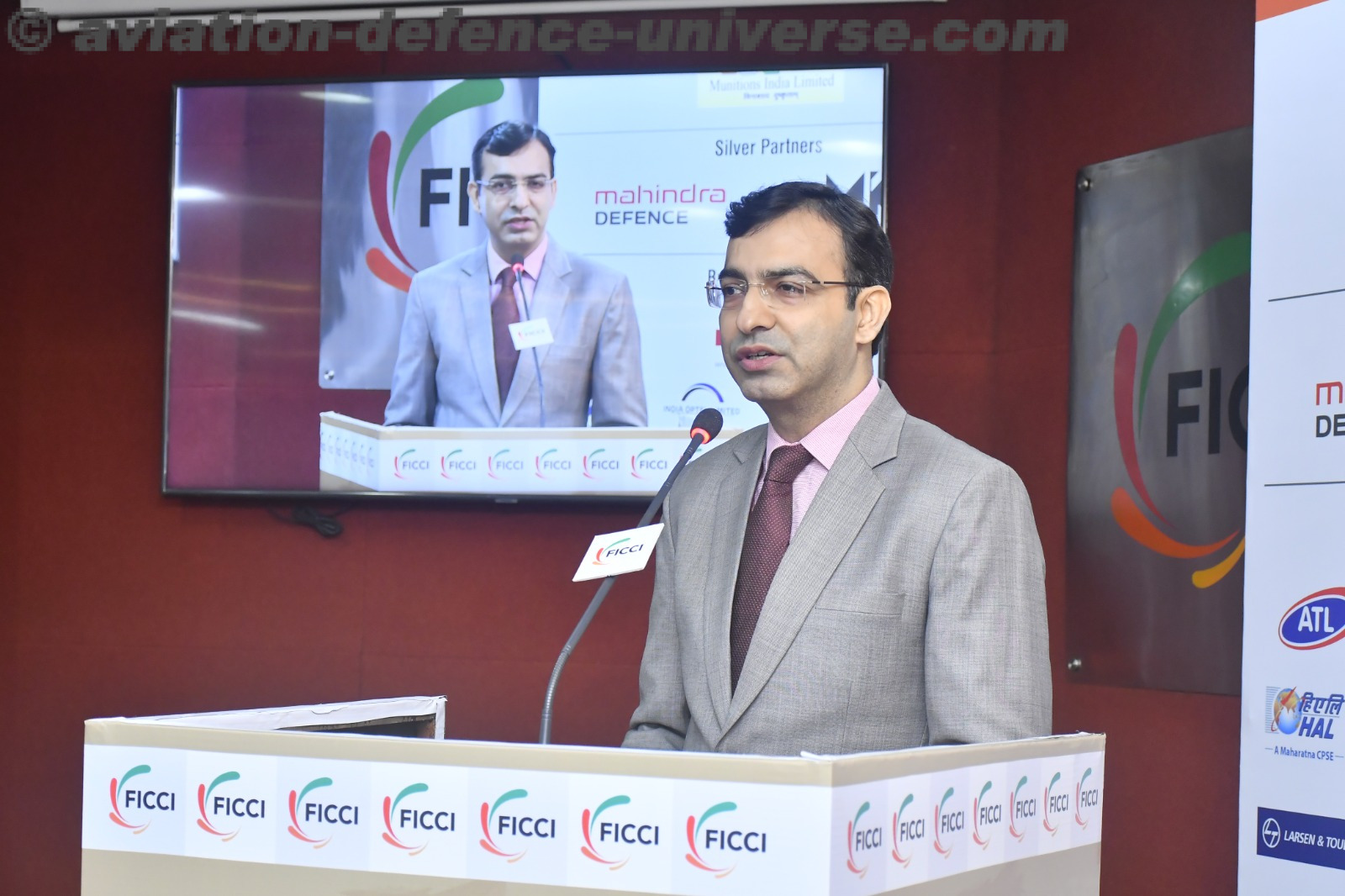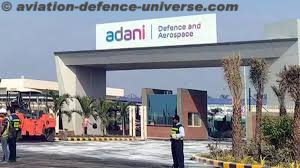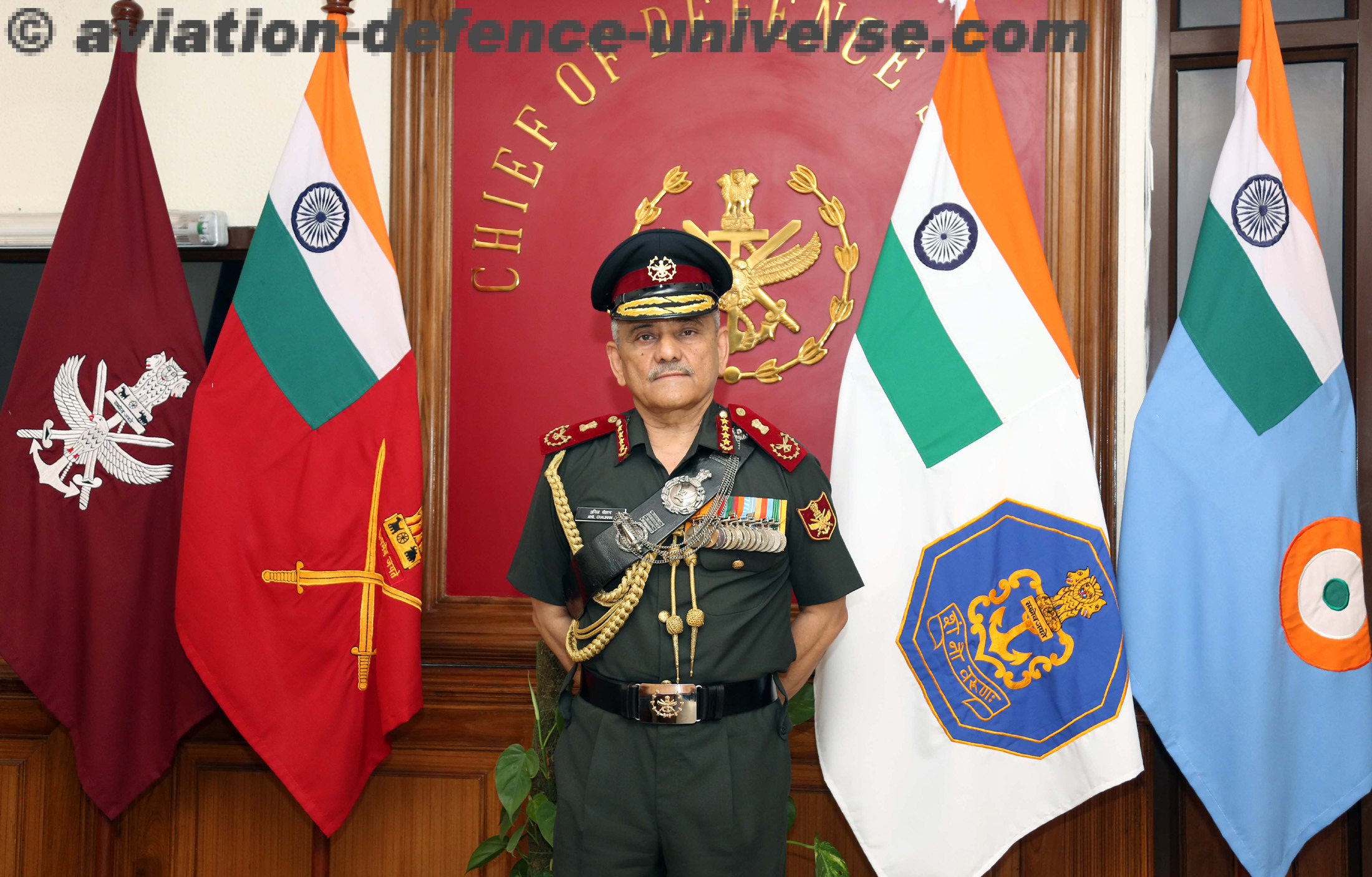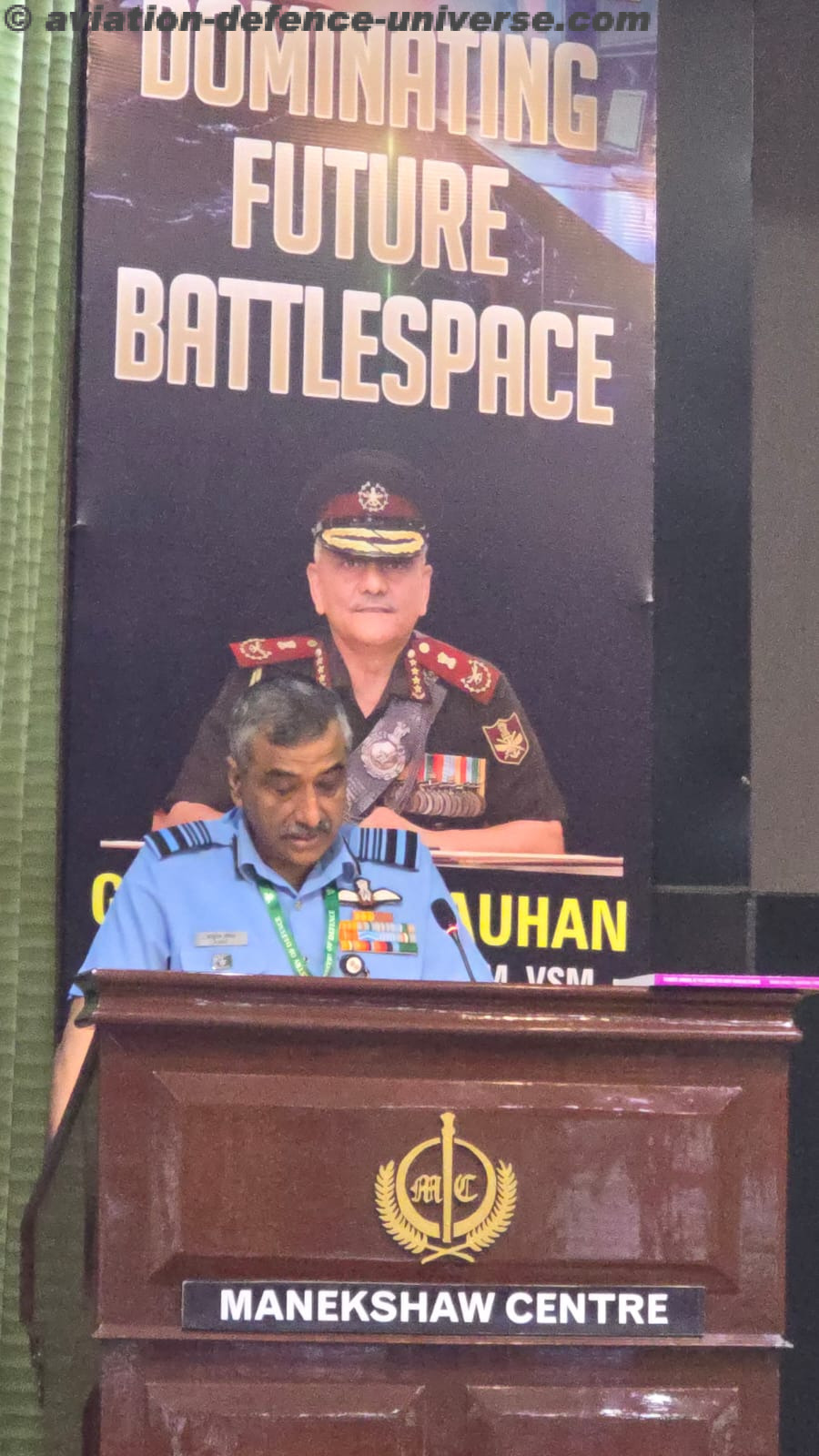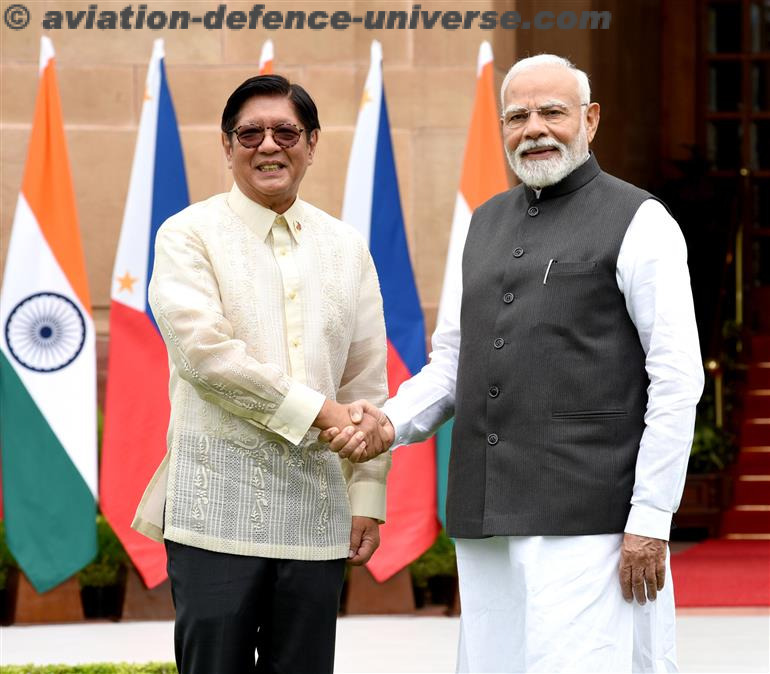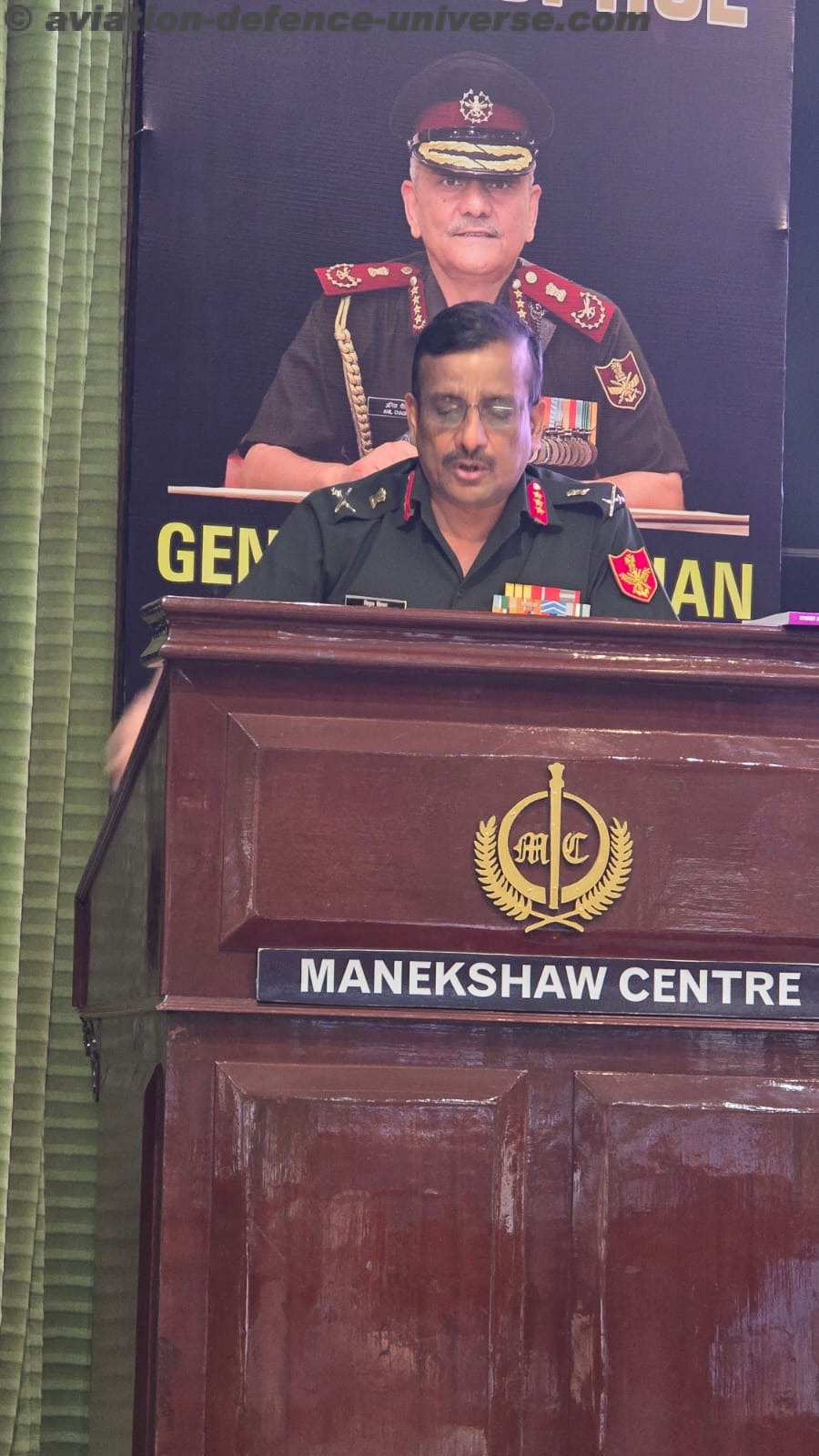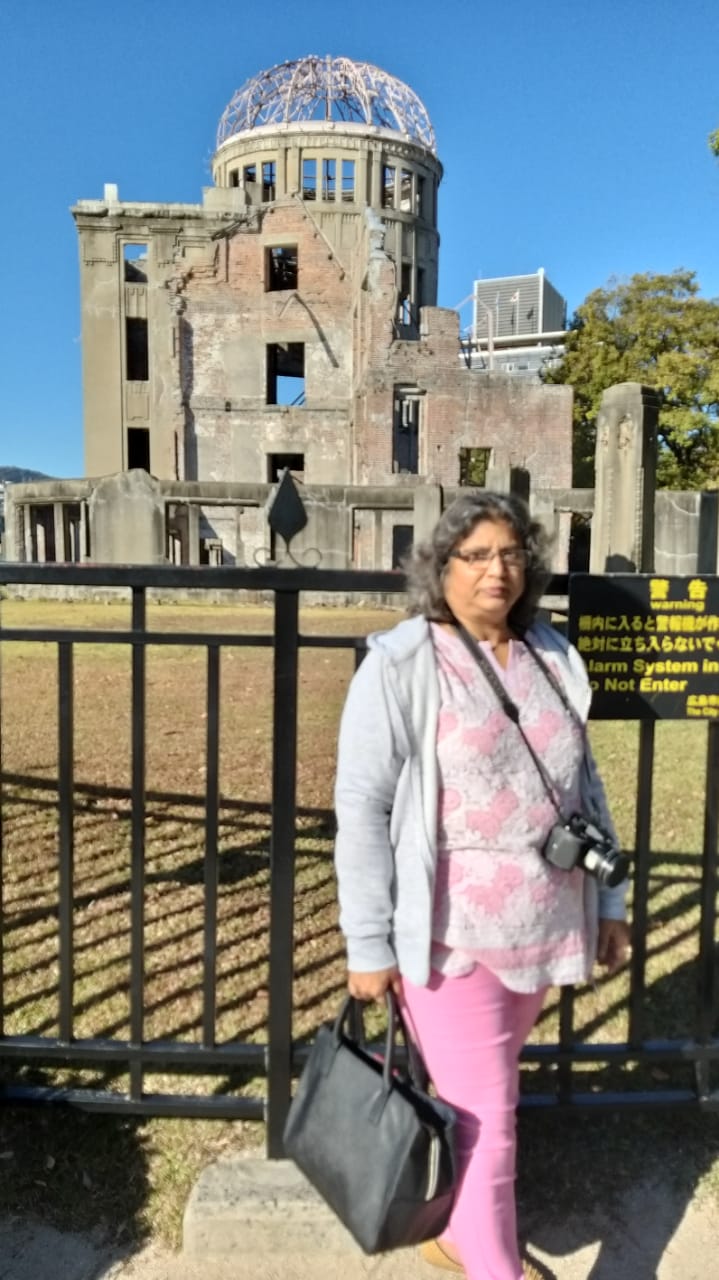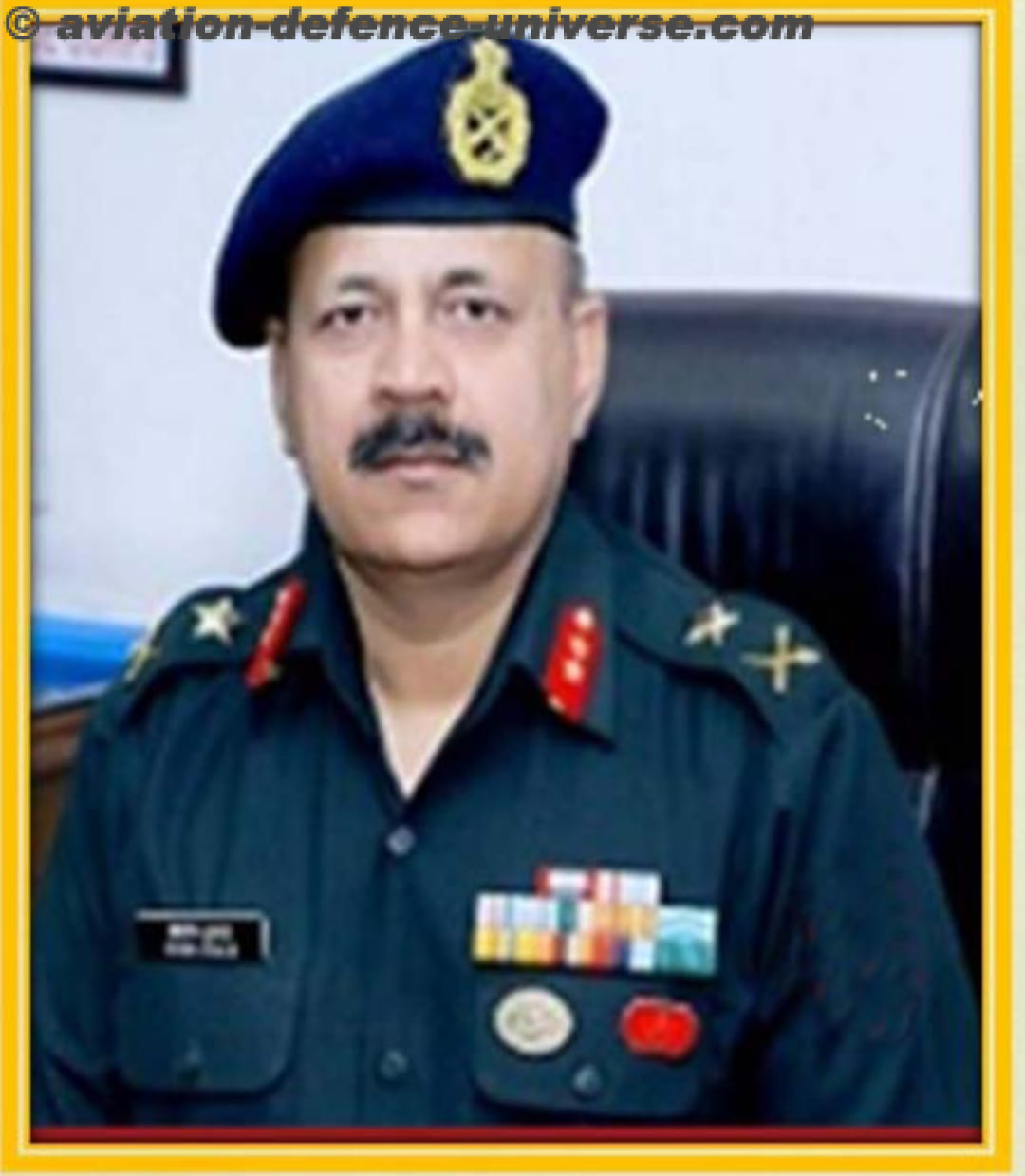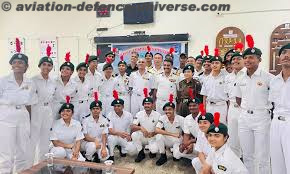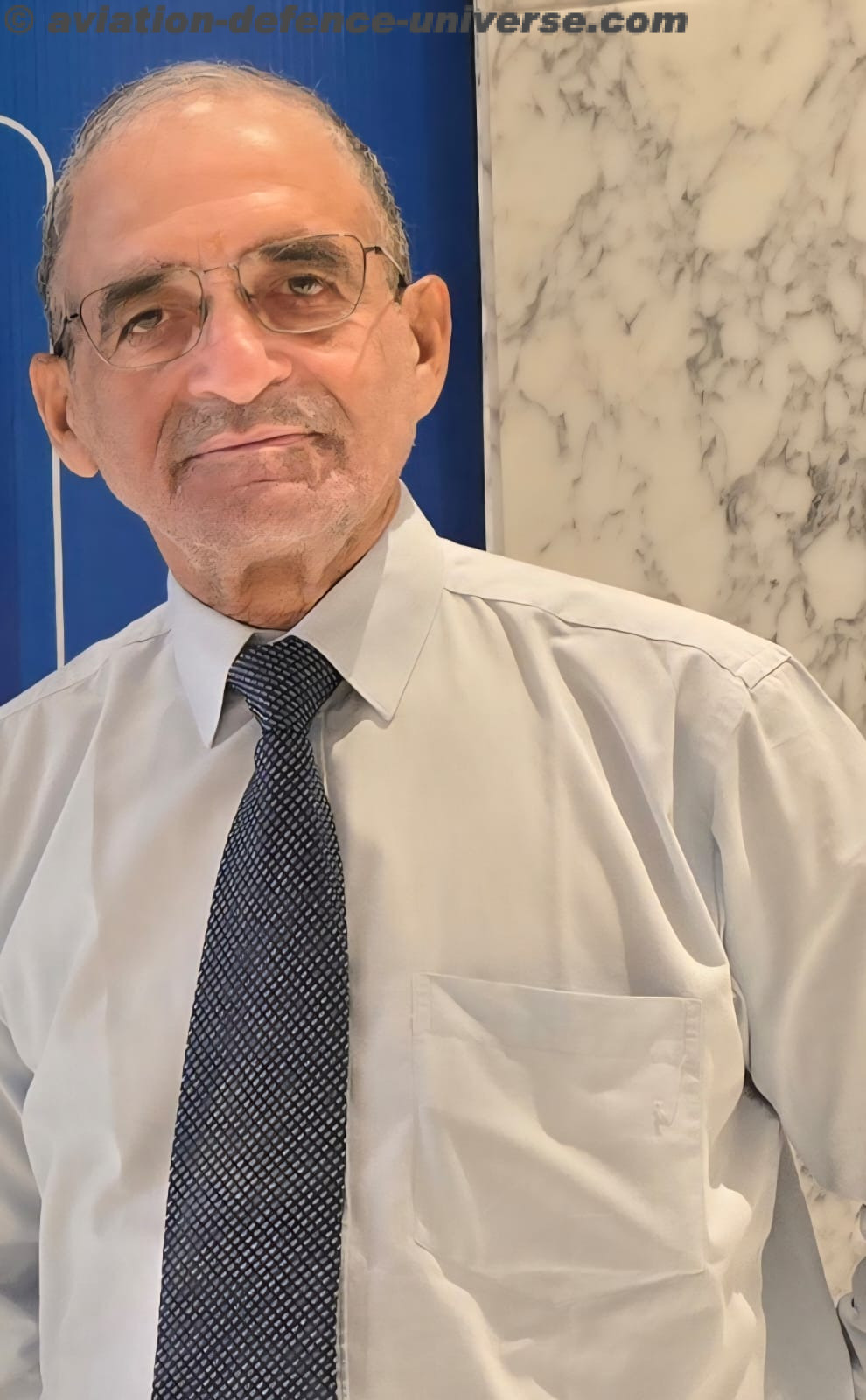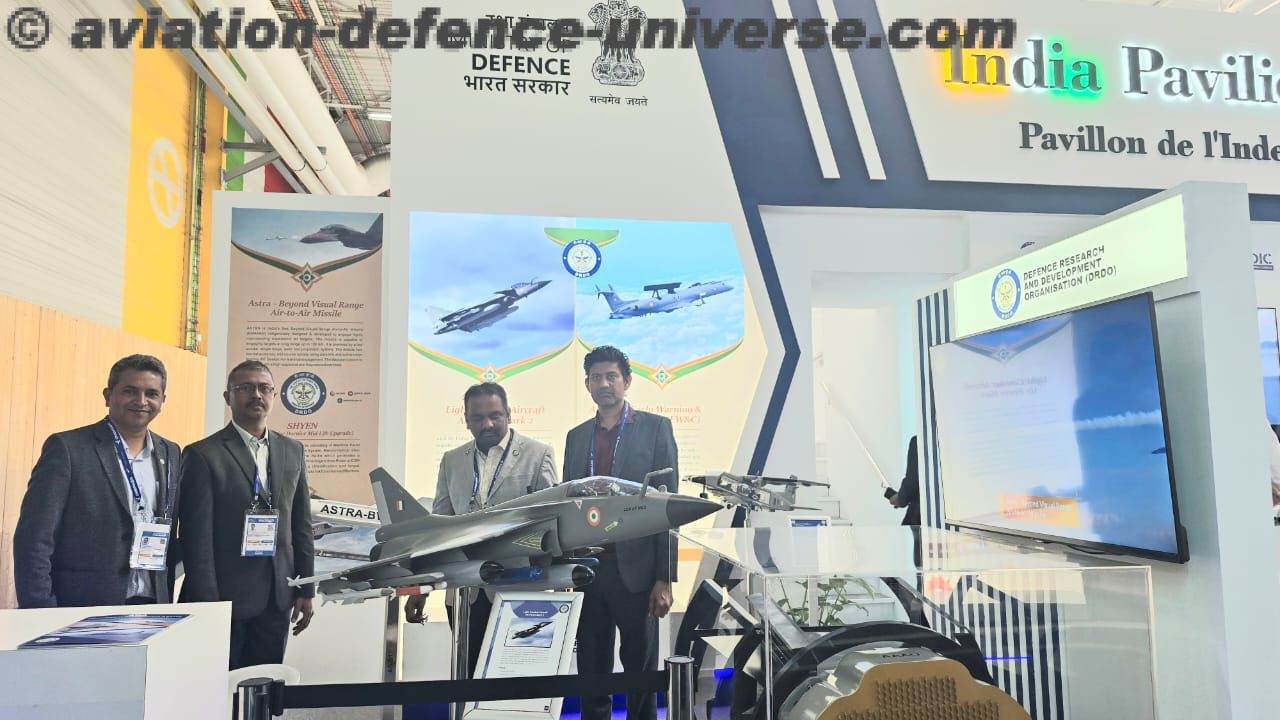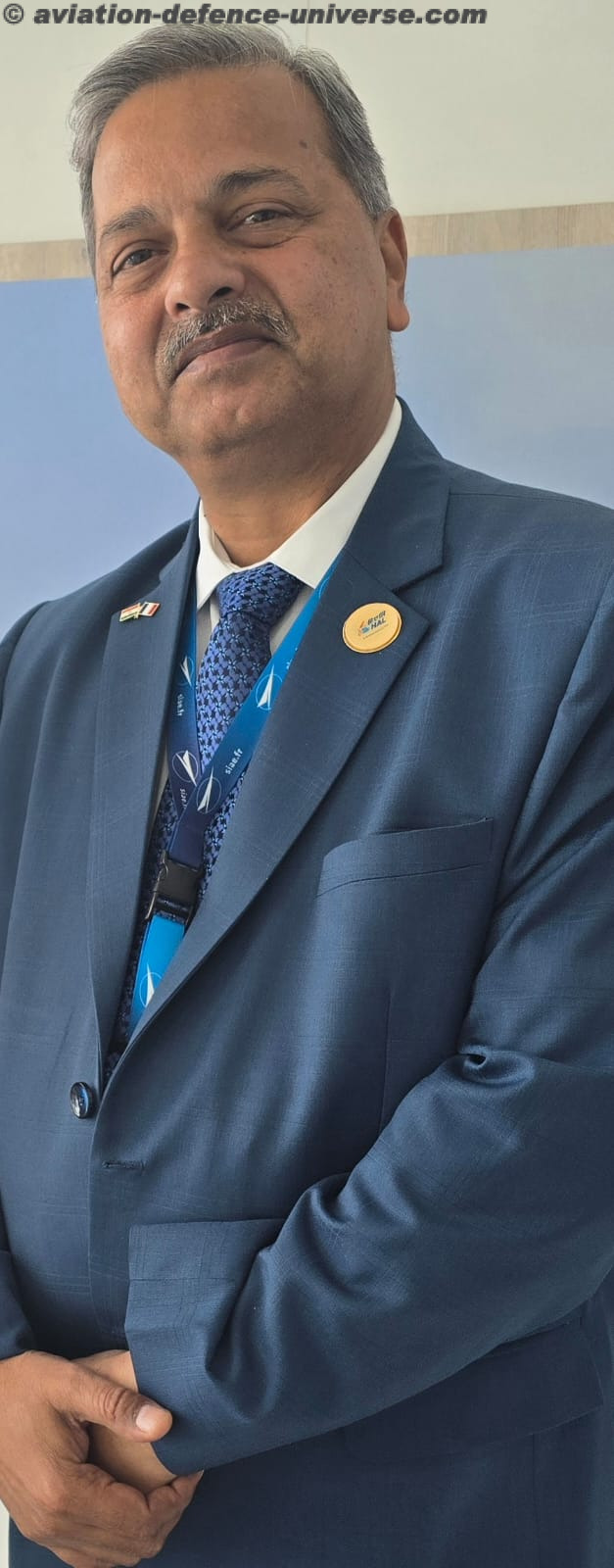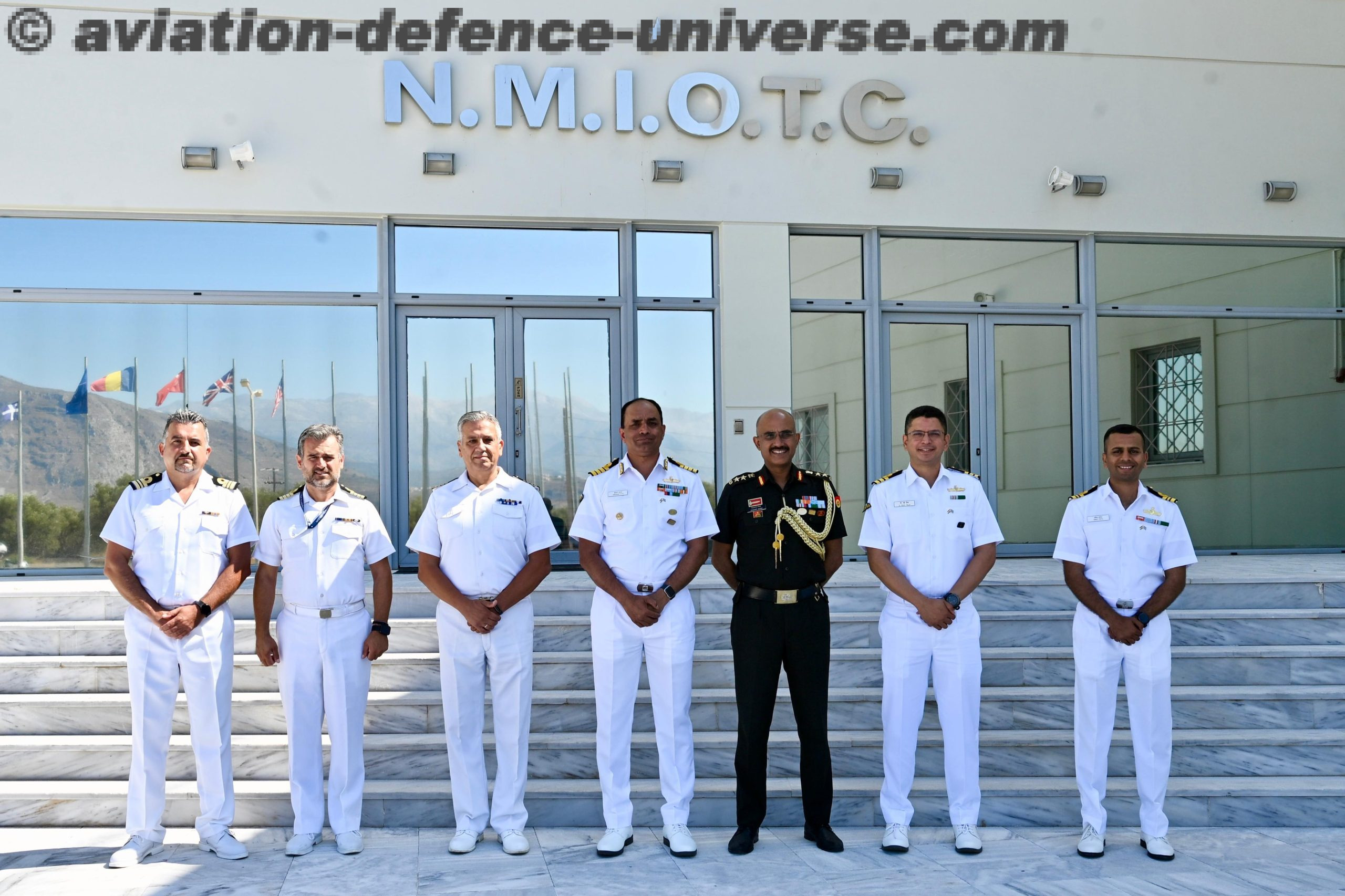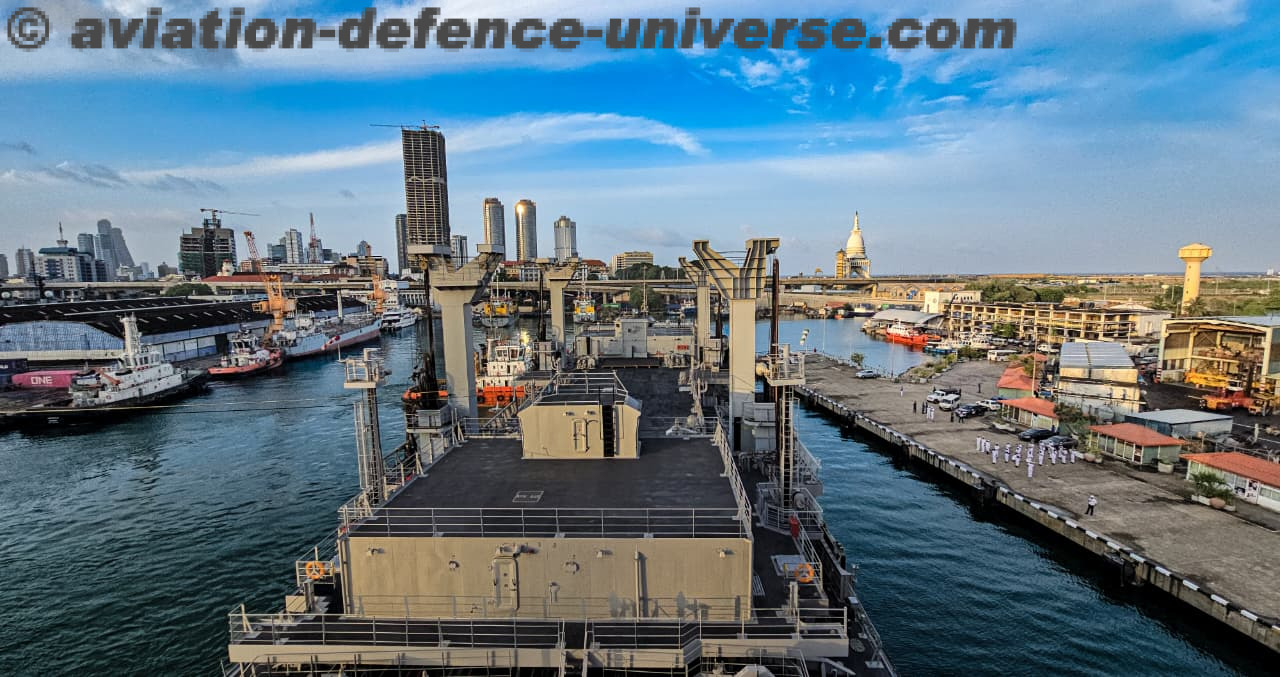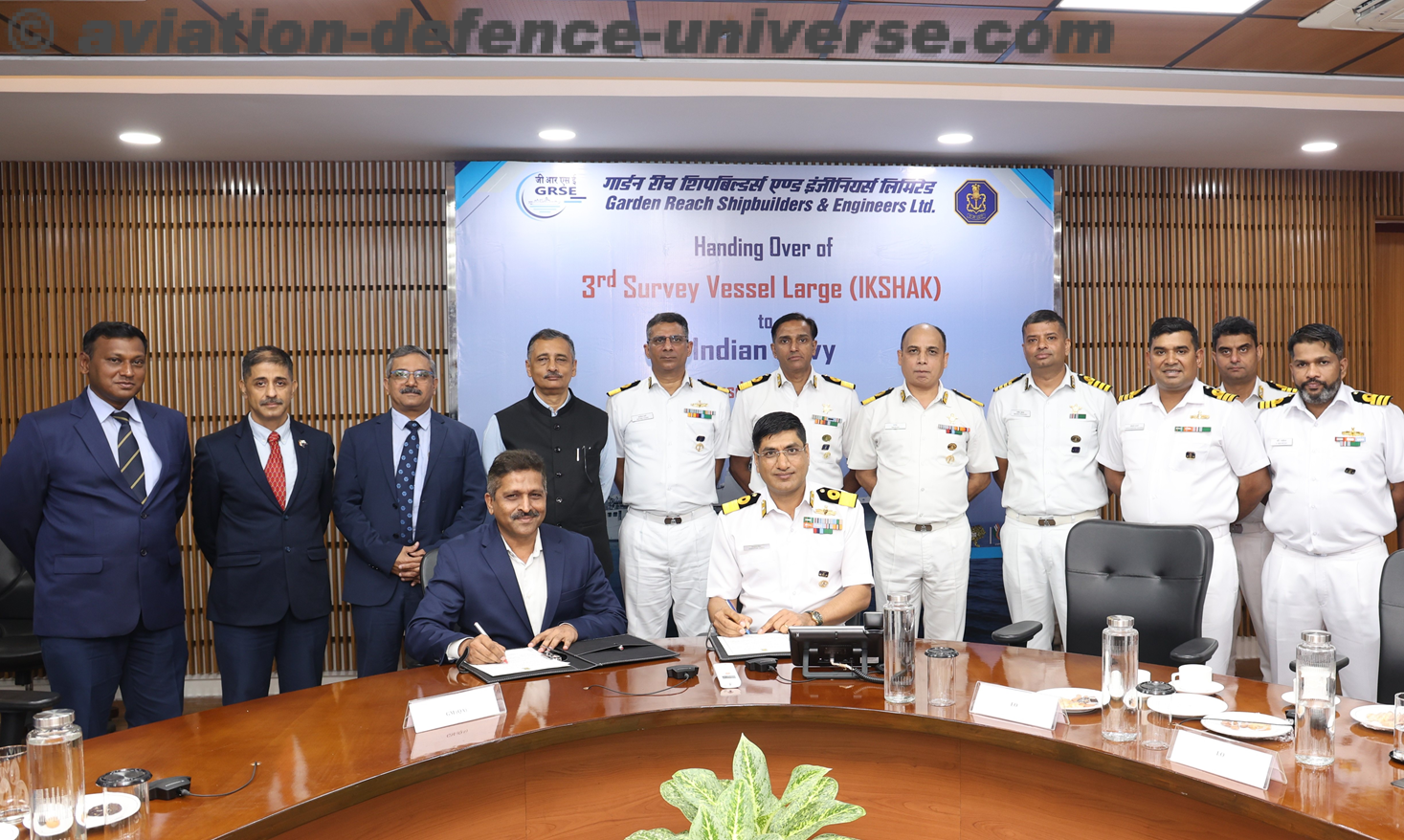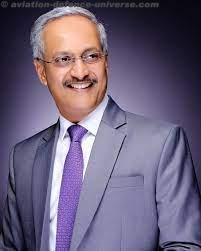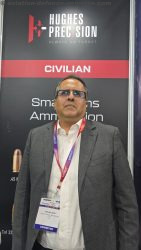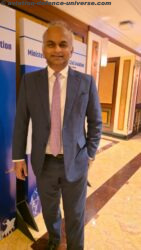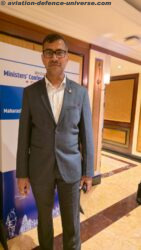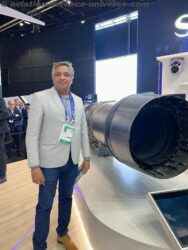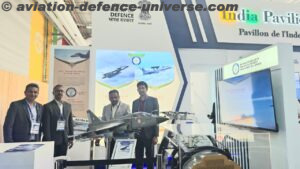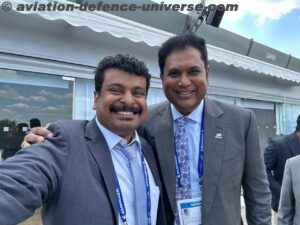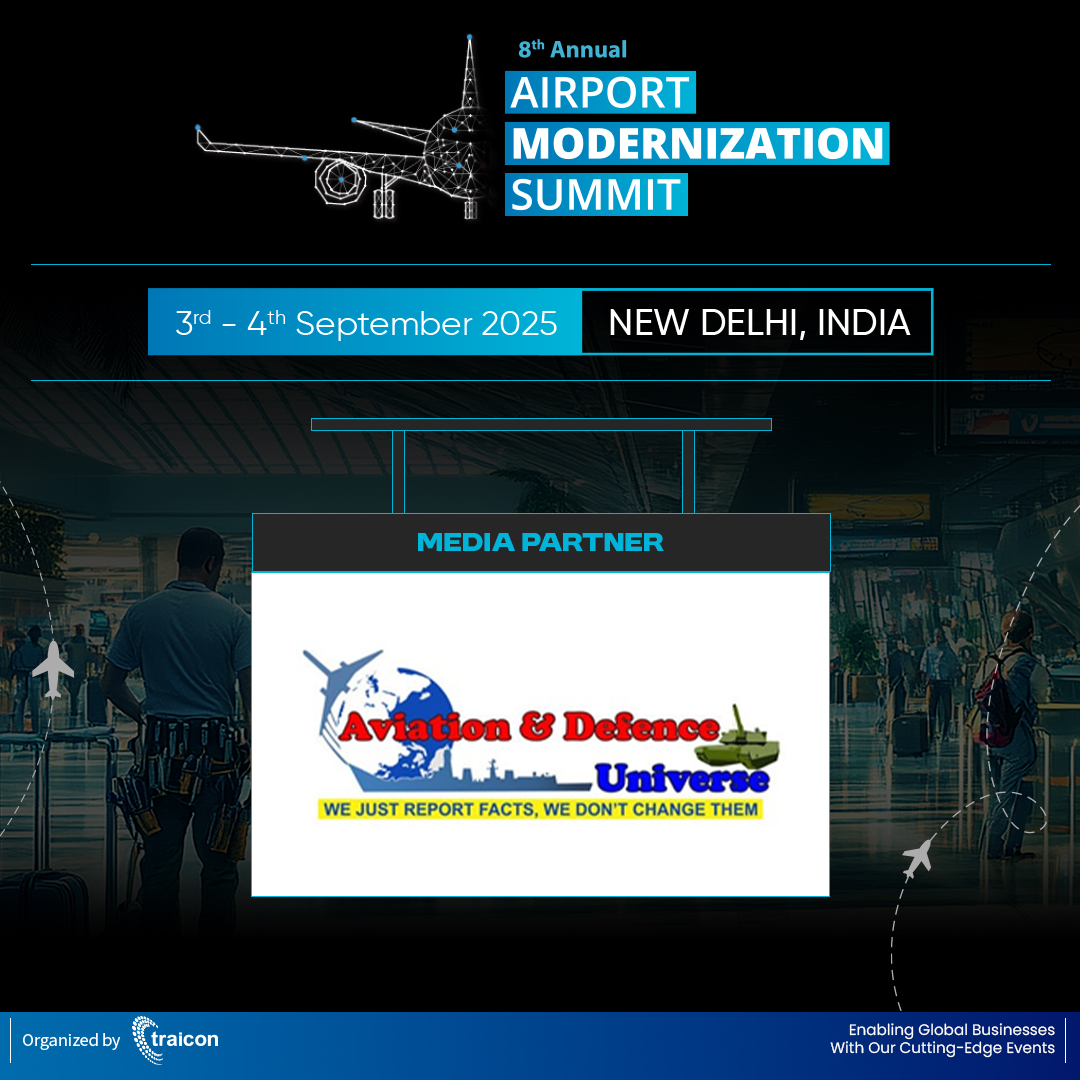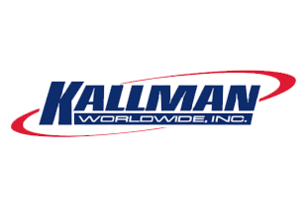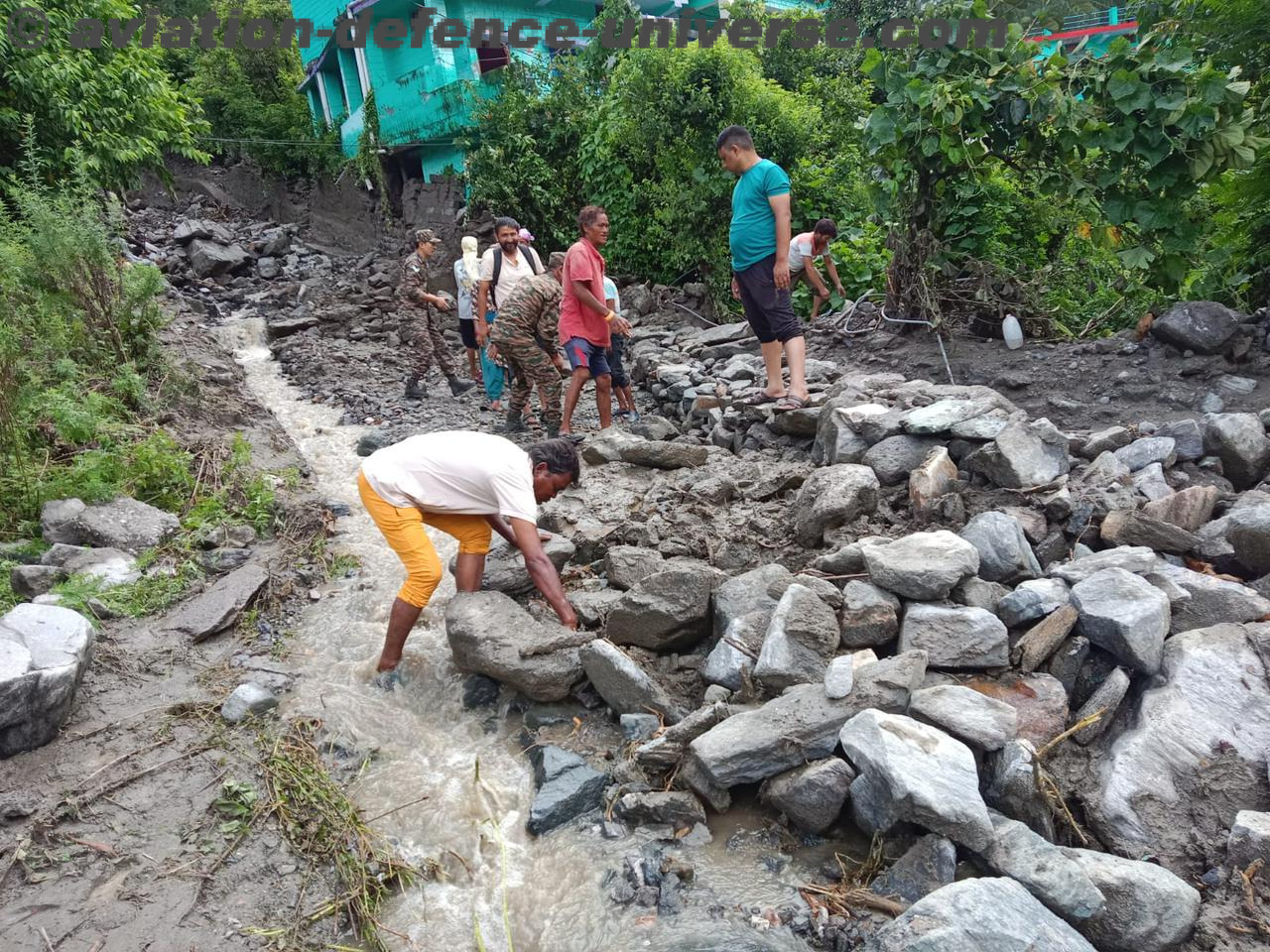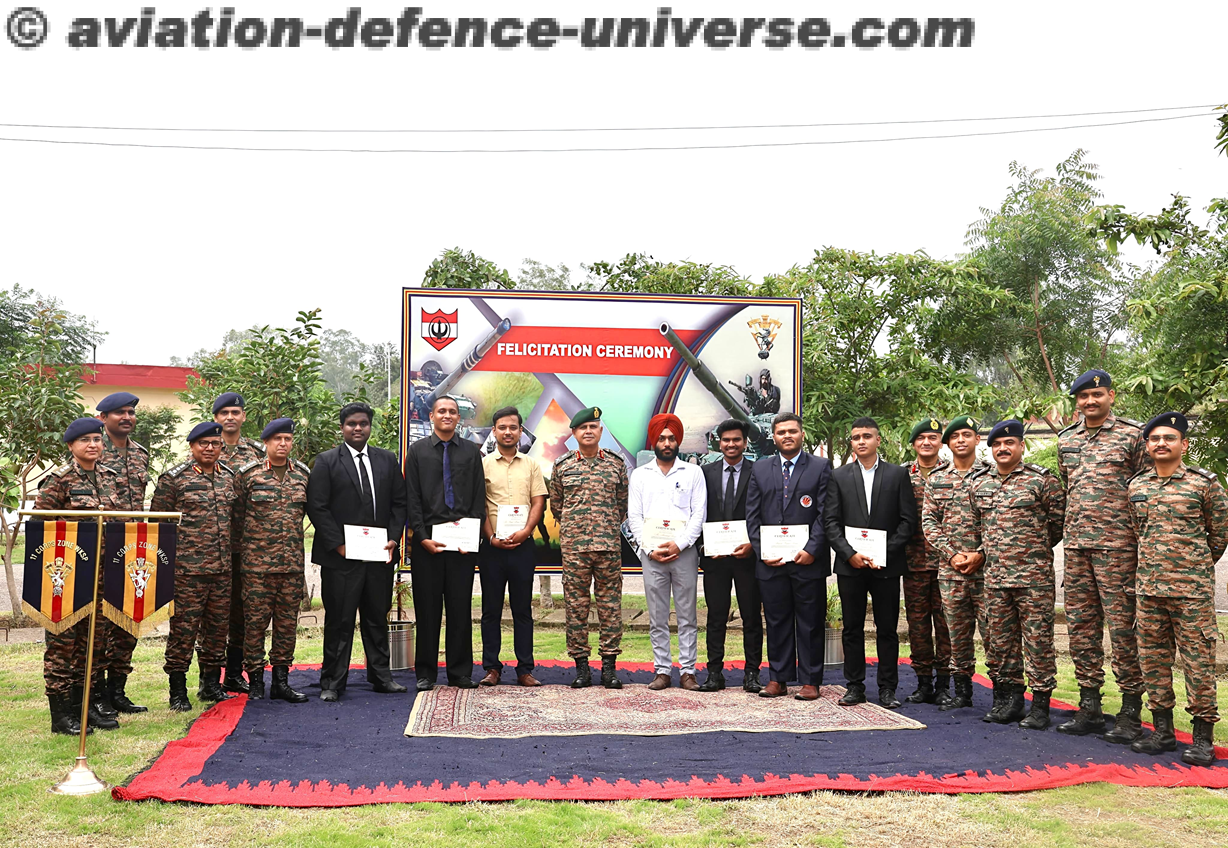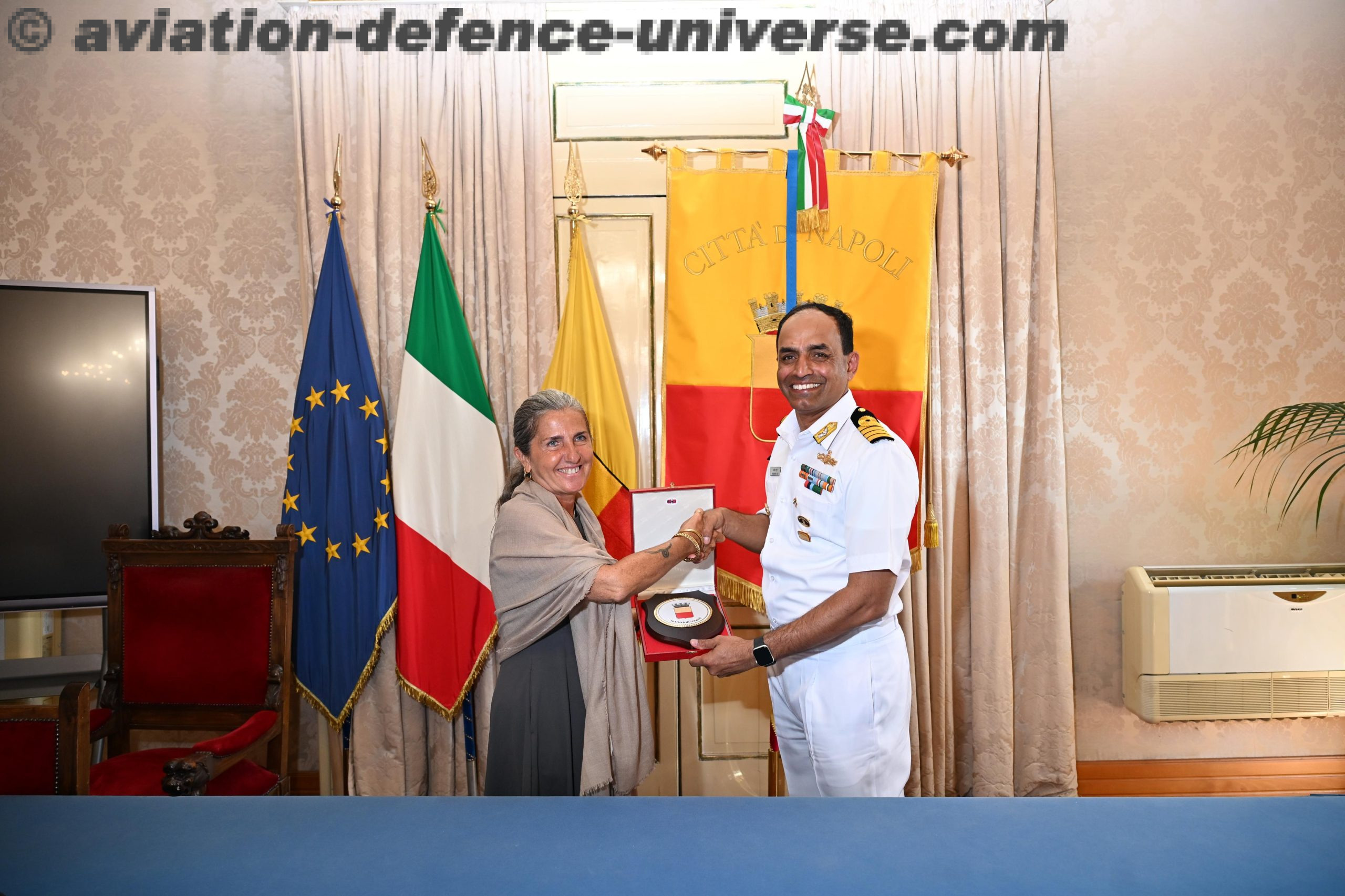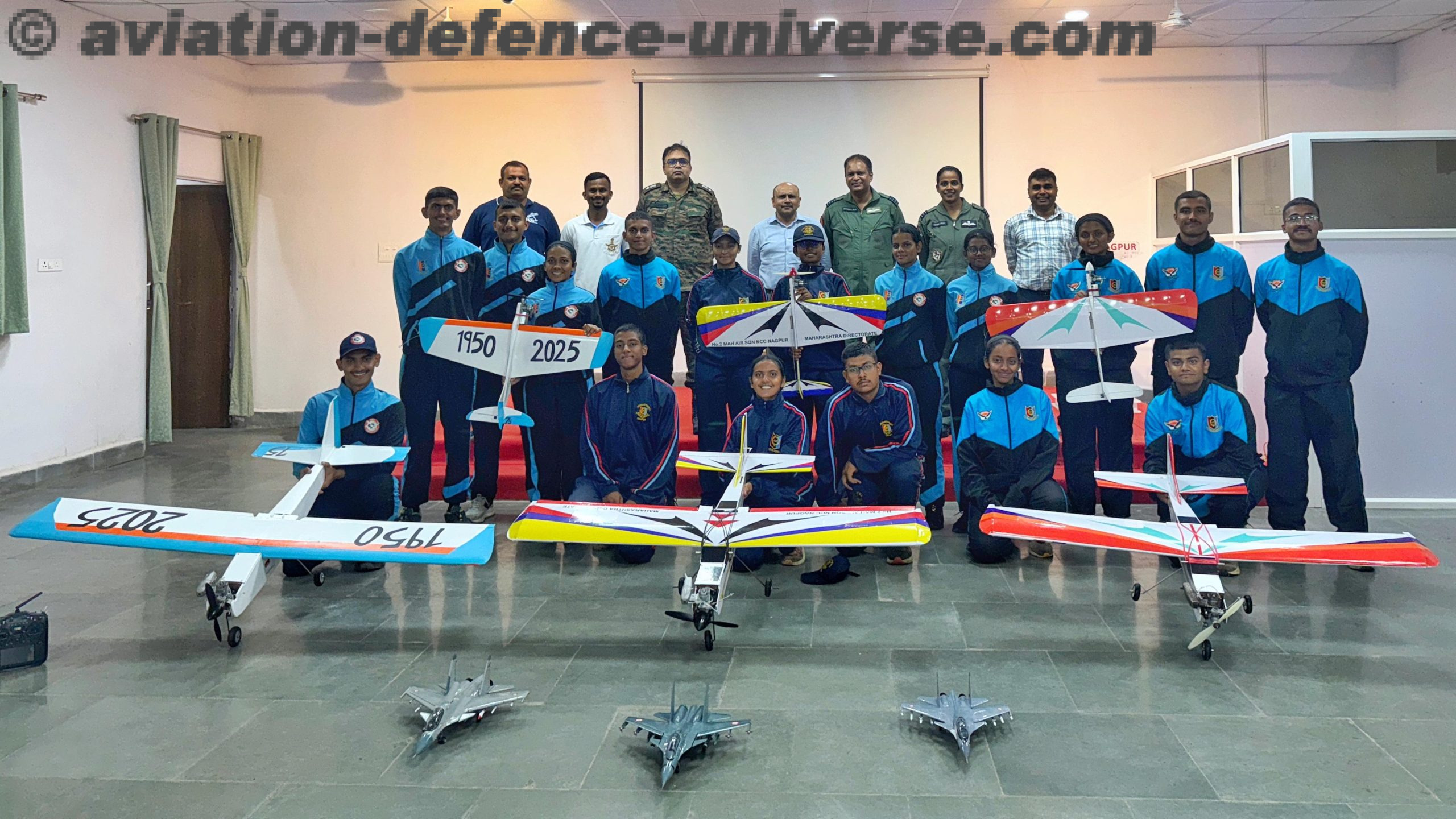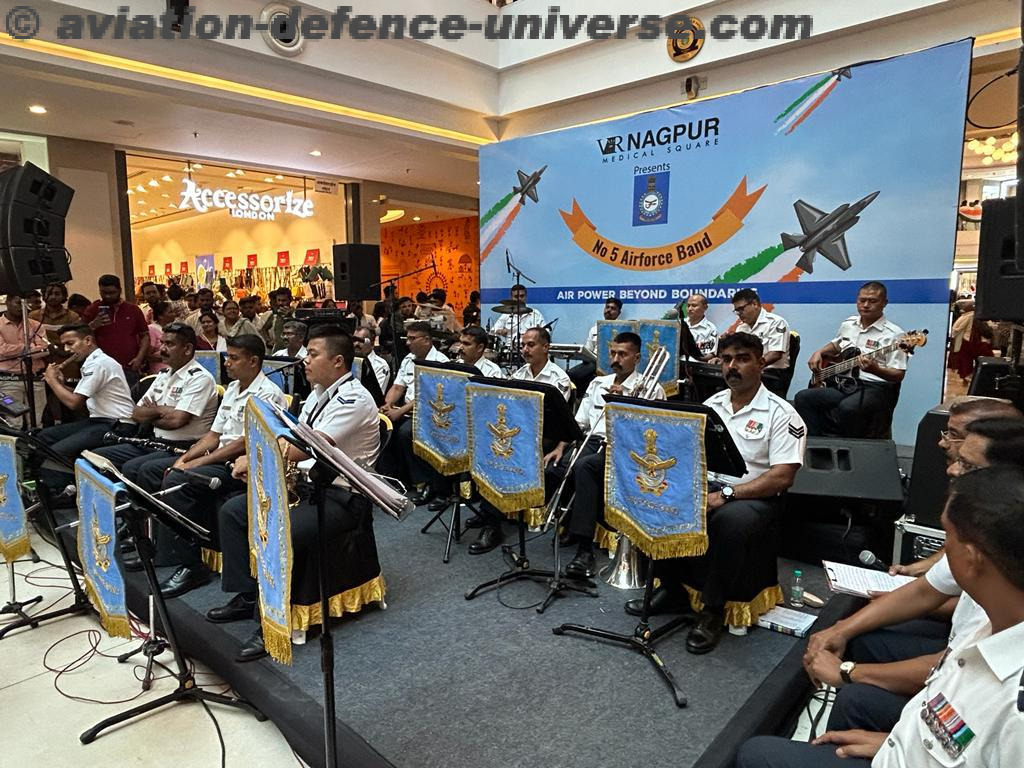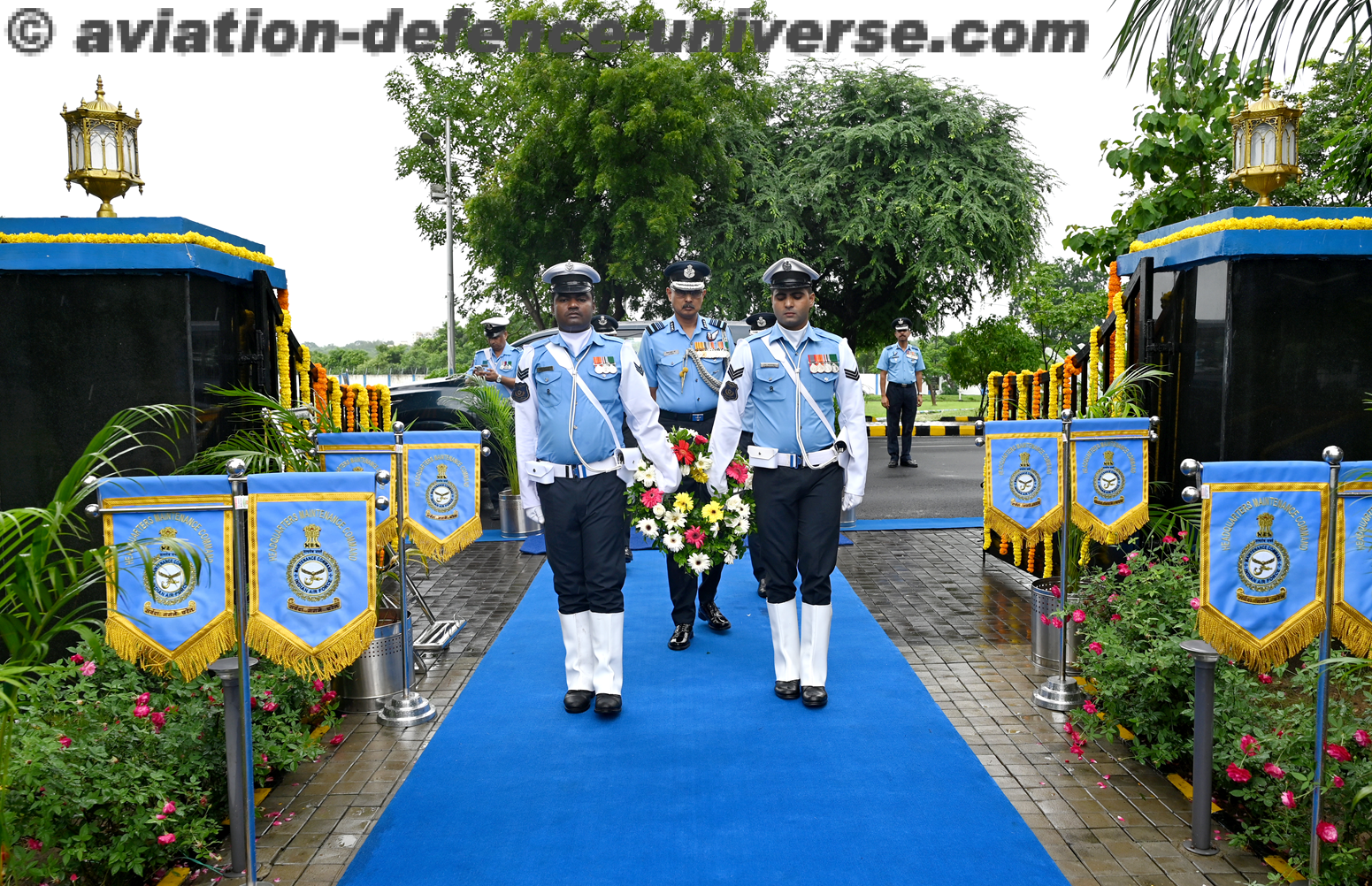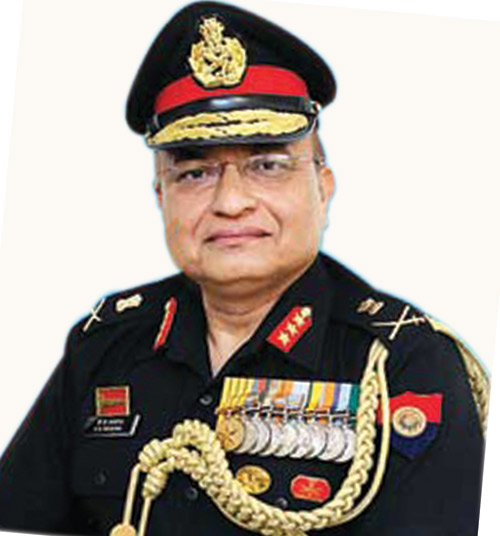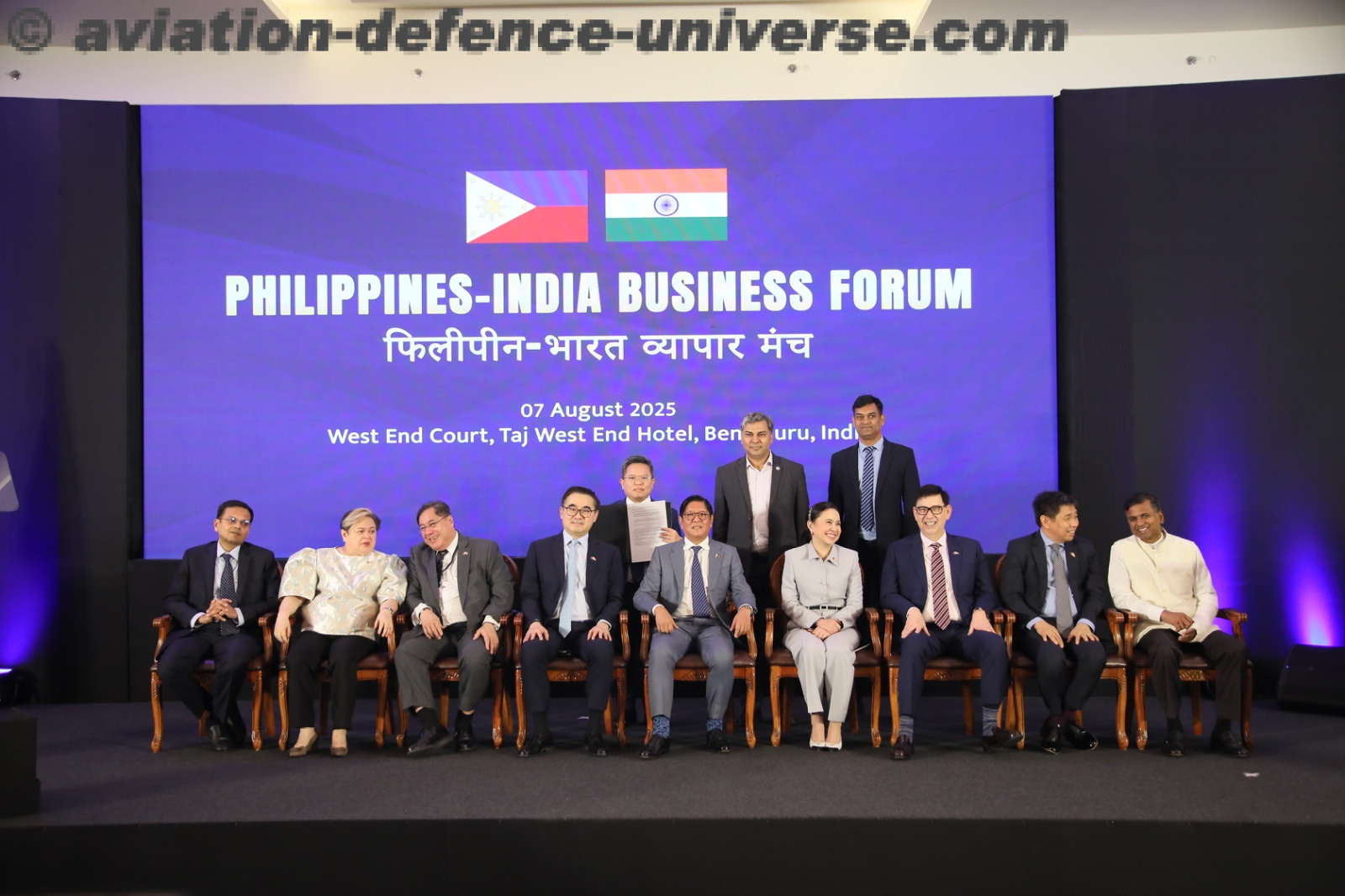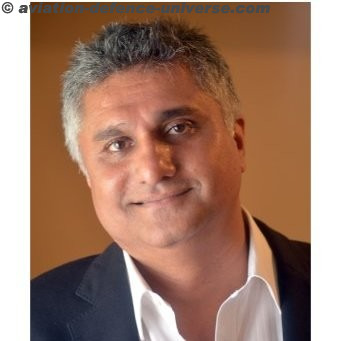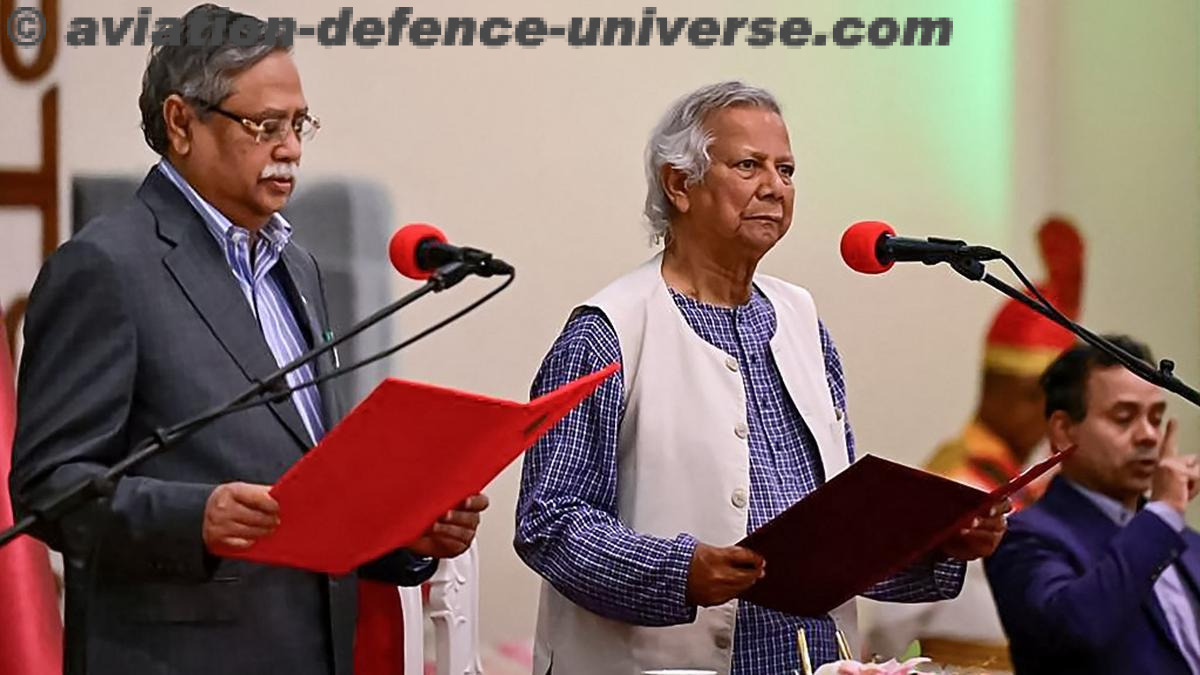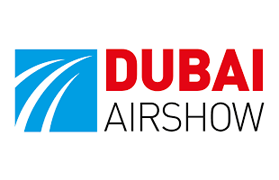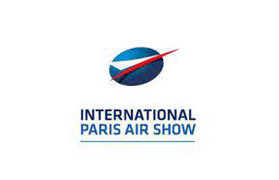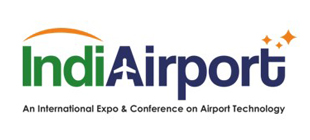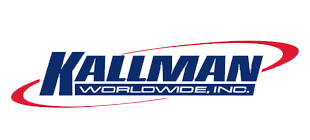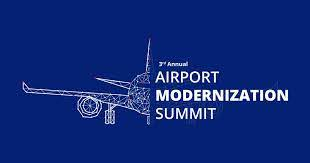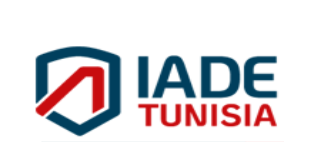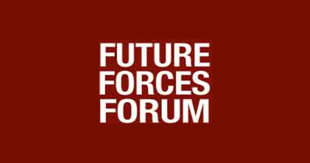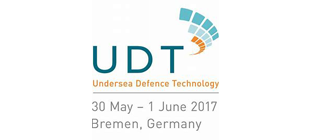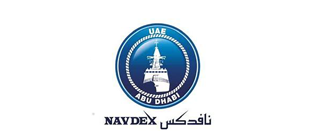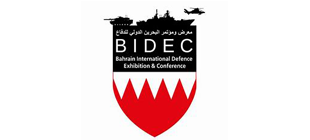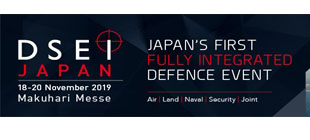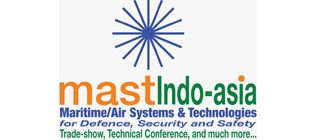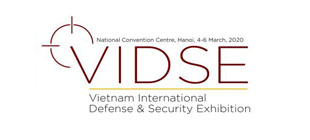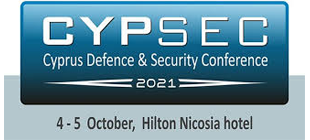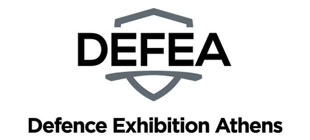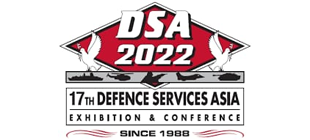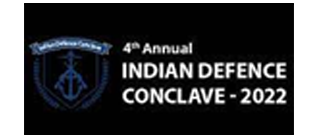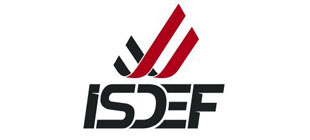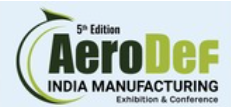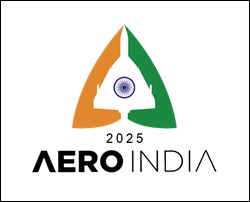By Sangeeta Saxena
Le Bourget, Paris. 16 June 2025. India’s civil aviation sector has seen exponential growth, and with it, the demand for robust Maintenance, Repair, and Overhaul (MRO) infrastructure. Leading OEMs like Safran are playing a pivotal role by investing in MRO facilities that not only service local fleets but also act as global hubs. Safran’s Hyderabad facility and upcoming electronics unit in Bangalore exemplify how strategic localization can transform India into an MRO powerhouse, aligning with the government’s Make in India and Atmanirbhar Bharat initiatives.
At the Paris Air Show 2025, ADU had an exclusive conversation with Jetendra (JS) Gavankar, CEO of Safran India. As one of the key players in India’s aerospace ecosystem, Safran has made deep inroads in the country through manufacturing, MRO, and now potential co-development of critical technologies like jet engines. Gavankar shared insights on Safran’s dual focus at the show—cutting-edge innovation and continued customer engagement—while also mapping the opportunities and synergies between India and France in the aerospace domain.
ADU. JS, we’re meeting here at Paris Air Show 2025. What does this event represent for Safran?
JS Gavankar. Paris Air Show is split into two broad parts for us. One is showcasing all our innovation—our future aviation technologies, some of which are restricted to exclusive visitors due to compliance. The second part is customer engagement—solving issues, discussing new projects & solutions and forging collaborations. PAS is Safran’s comprehensive engagement with the aerospace ecosystem.
ADU. You hosted an insightful session on the Indian civil aviation outlook. What are your takeaways?
JS Gavankar. The consensus is clear—India’s civil aviation sector is poised for strong growth in coming decade. Only 3-4% of India’s population travel by air. India today has about 10% of the Chinese civil aircraft fleet today, with population larger than China and fastest growing middle class , India has a huge demand gap to fill that will be bridged in the next decade. Everyone, from Foreign OEMs to Indian Industries, agrees that this is the right time to invest in Indian civil aviation sector, whichever domain they come from.
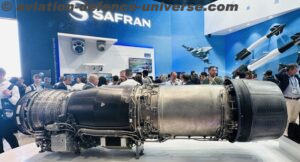 ADU. And what about the reverse? Are Indian companies looking at France for opportunities?
ADU. And what about the reverse? Are Indian companies looking at France for opportunities?
JS Gavankar. Absolutely. Indian companies are investing not just in France but also in the UK and the US. It is a win-win proposition for both sides with capacity needs of Europe and reasonable cost but quality resource availability in India. Indian companies like Motherson, Axis Cades and Cyient have already wholly owned subsidiaries in Europe. Indian firms now have access to large capital and growing ambitions. Whether it’s through IPOs, private equity, or venture capital, they are ready to grow both organically and inorganically. You’ll see more Indian companies doing M&A or partnering in Europe over the next 5 years.
ADU. Coming to Safran’s India plans, what’s the latest?
JS Gavankar. After successfully setting up Safran’s global IT GCC in India over the past 3 years, Safran is now setting up a new electronics manufacturing & engineering facility in Bangalore, which will be covering 12,000 Sq mtr and annual production of 30,000 pieces of equipment and several hundred references by 2030. The R&D center will be an additional 3000 Sq mtr area with a team of 250+ engineers. It will be operational by 2026. We’re also progressing well on the co-development of the turboshaft engine for the IMRH with HAL. This yearend we will have an operational LEAP engine MRO facility. On the jet engine program, we’ve had discussions with the Indian government & DRDO and are awaiting the next steps.
ADU. So, we might see movement on the jet engine co-development soon?
JS Gavankar. I believe so. We’ve waited nearly a decade, but we hope to see some momentum now. What route the Indian Government chooses to work upon is their sovereign decision but we’re prepared. We are optimistic that 2025 could be the year of decision on engine co-development program.
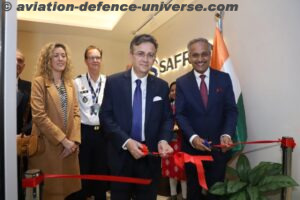
JS Gavankar. India as is central to Safran’s global strategy across three verticals. manufacturing, MRO, and decarbonization. We are setting up India’s first private sector engine MRO and Safran’s largest LEAP engine MRO facility in Hyderabad. By 2030, over 5,000 LEAP engines will be in operation in the region and this facility will be supporting the demand locally, and this will automatically lower the Group’s logistics carbon footprint. We are also helping government of India build the case for SAF fuel ecosystem in India along GMR/Total/ADT etc and our MRO facility will be using SAF fuel. Safran also is working on building an entire engine ecosystem in India and hence apart from manufacturing parts for engines, supporting exports, skilling and engineering activities this MRO facility adds immense value to the aim.
Safran Aircraft Engines’ MRO shop will be the first of its kind opened by an Original Equipment Manufacturer (OEM) in India, putting India on the global MRO map and paving way for other OEMs to take the plunge. The MRO ecosystem will help leverage India’s engineering advantage, a major step towards achieving self-reliance in airline operations, developing the associated skills and training infrastructure – all based on the Make in India policy.
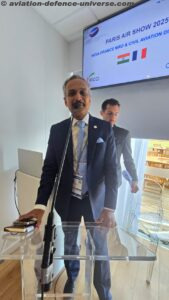
ADU. What’s the status of the LEAP MRO facility now?
JS Gavankar. SAFRAN LEAP MRO plant is spread across 23.5 acres of land and will occupy around 45,000 sqm of built-up space. The facility will adhere to SAFRAN’s most stringent standards for industrial processes and machinery, incorporating cutting-edge technologies such as the latest integrated inspection methods and real-time monitoring of maintenance shop processes. Construction of this 150-million-euro state of the art plant is now close to completion and will be fully operational by end 2025. With have hired and trained staff, the first core team of key employees (whom we aptly call “pioneers”), and the company is continuing to recruit more engineering people, technicians and operators. We have plans to induct first customer engine in December 2025.
ADU. Safran is a trusted name in India. What is the differentiating factor for Safran Group India
JS Gavankar. “Safran’s uniqueness as an aerospace and defense company in India lies in its deep-rooted presence due to its stakeholder’s trust, comprehensive capabilities and strategic partnerships that significantly contribute to India’s aerospace self-reliance. With close to 70 years in India and more than 2,400 employees across 17 sites, Safran is helping growth of Indian aerospace ecosystem, across engineering services, production, design, and MRO. Safran has been pivotal in India’s space launcher growth story too, with early contribution by SAFRAN on Viking Engine Tot to ISRO (adapted as Vikas by ISRO) in 1970s.
Safran has been always a key technology partner for Indian defense, supplying critical systems such as aircraft engines, landing gear, inertial navigation systems, and flight control systems for over 70% of Indian military aircraft including the Tejas LCA variants, Mirage2000, Rafale fighters and 100 % of military helicopters. It is also the prime supplier for advanced weapons like the AASM Hammer modular air-to-ground weapon, showcasing its high-tech defense contributions.
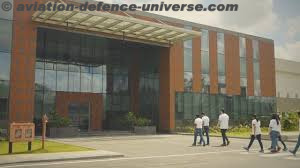
Safran considers India as a strategic country and is fully committed to India’s “Make in India” and “Aatmanirbhar Bharat” initiatives, focusing on technology transfer, local manufacturing, and skill development. To sum up, Safran’s uniqueness in India stems from its long-term strategic partnership with Indian stakeholder built on trust and alignment with India’s self-reliance goals in aerospace and defense.”
As Jetendra Gavankar reiterated, Safran’s India journey is a long-term commitment—one rooted in co-creation, trust, and opportunity. From engines to electronics, from manufacturing to innovation, Safran is not just betting on India’s growth; it’s helping to shape it. As India’s aerospace story accelerates, partnerships like these will ensure it soars on wings of global collaboration and indigenous strength.
As told to Sangeeta Saxena



